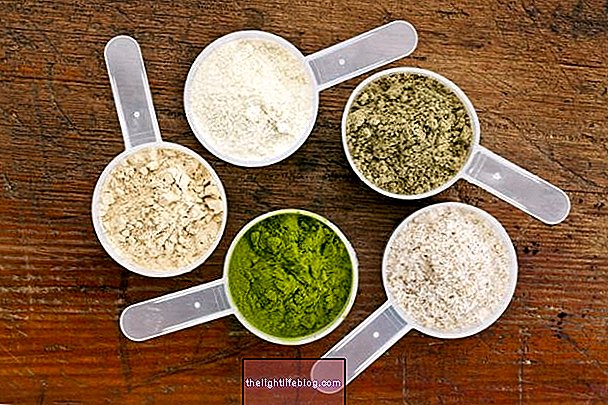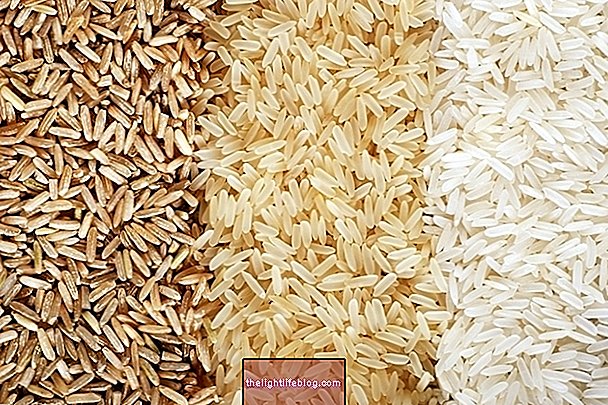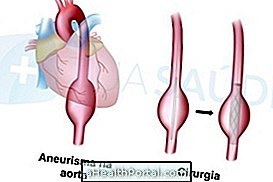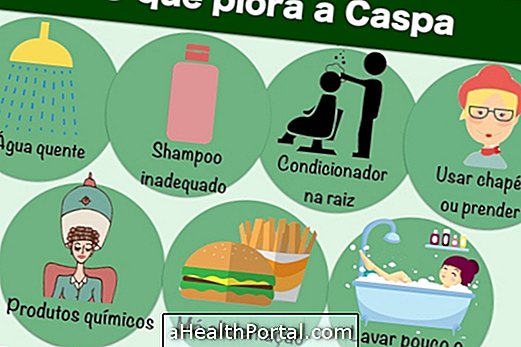Cajá is a cajazeira fruit with a scientific name Spondias mombin, also known as cajá-mirim, cajazinha, taperibá, tapareba, taperebá, tapiriba, ambaló or ambaró.
Cajá is used mainly to make juice, nectars, ice cream, jellies, wines or liquors and as it is an acidic fruit it is not common to eat it in its natural state. The cajá-umbú variety, which results from the crossing between cajá and umbú, is a tropical fruit from northeastern Brazil used mainly in the form of pulp, juices and ice cream.
The main benefits of cajá can be:
- Help to lose weight, because it has few calories;
- Improve skin and eye health by having vitamin A;
- Fight cardiovascular disease by having antioxidants.
In addition, it also helps to relieve constipation, especially the variety of cajá-mango, which is more easily found in northeastern Brazil and is rich in fibers.



Nutritional Information of Cajá
Cajá can be found all year round and its production is greater in southern Bahia and northeastern Brazil.
Was this information helpful?
Yes No
Your opinion is important! Write here how we can improve our text:
Any questions? Click here to be answered.
Email in which you want to receive a reply:
Check the confirmation email we sent you.
Your name:
Reason for visit:
--- Choose your reason --- DiseaseLive betterHelp another personGain knowledge
Are you a health professional?
NoMedicalPharmaceuticalsNurseNutritionistBiomedicalPhysiotherapistBeauticianOther





















